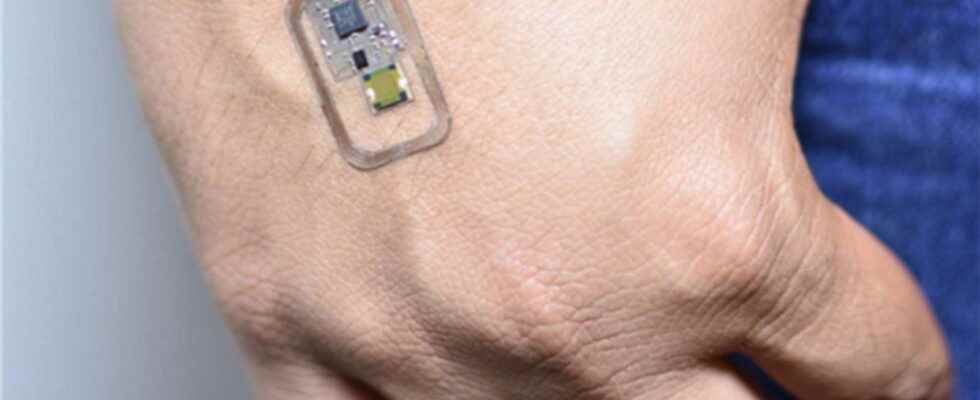Even non-smokers can be affected by the fumes of nicotine in the smoke of vapers. Until now, it has been difficult to assess the concentration of this substance in the air. A sensor that sticks to the skin now makes it possible to measure it in real time.
You will also be interested
[EN VIDÉO] Is tobacco addiction in our DNA? Smoking is the number one source of preventable death worldwide. Beyond addiction, smoking increases the risk of cancer or cardiovascular disease. Uwe Maskos, head of the Integrative Neurobiology of Cholinergic Systems Unit at the Institut Pasteur, talks to us about the causes and consequences of smoking during this interview.
Vaping is a big step towards quitting smoking and towards weaning of its most addictive component: the nicotine. This substance is well known to increase the risk of disorders cardiovascular respiratory and, like the cigarette, the emanations of its electronic equivalent come to charge theair ambient nicotine. Despite a less unpleasant odor than that of tobacco and more or less flowery scents, the rate of nicotine may be harmful to non-smokers. And its concentration is certainly higher in the air since these cigarettes which seem healthier, proliferate and that non-smokers now care little.
But how can this rate be measured in real time when laboratories have great difficulty in carrying out this kind of collection with specialized equipment? To address this concern, portable nicotine scavengers are under development. Until now, they were not really practical because they require the presence of sweat or light to work.
Real-time nicotine level measurement
A team of researchers from several university laboratories seems to have resolved this concern by developing a sensor battery-free that sticks to the skin to measure the ambient nicotine level in real time. The sensor, which rests on a polyimide support, consists of vanadium (VO2).
This substance is capable of modifying its conductivity depending on the concentration of nicotine absorbed. The sensor will then amplify this signal to transmit it to theapplication dedicated on a smartphone. The team published its experiments atAmerican Chemical Society (ACS), an NGO dedicated to work around the chemistry and their applications for the benefit of health and the environment.
Interested in what you just read?
.
fs1
